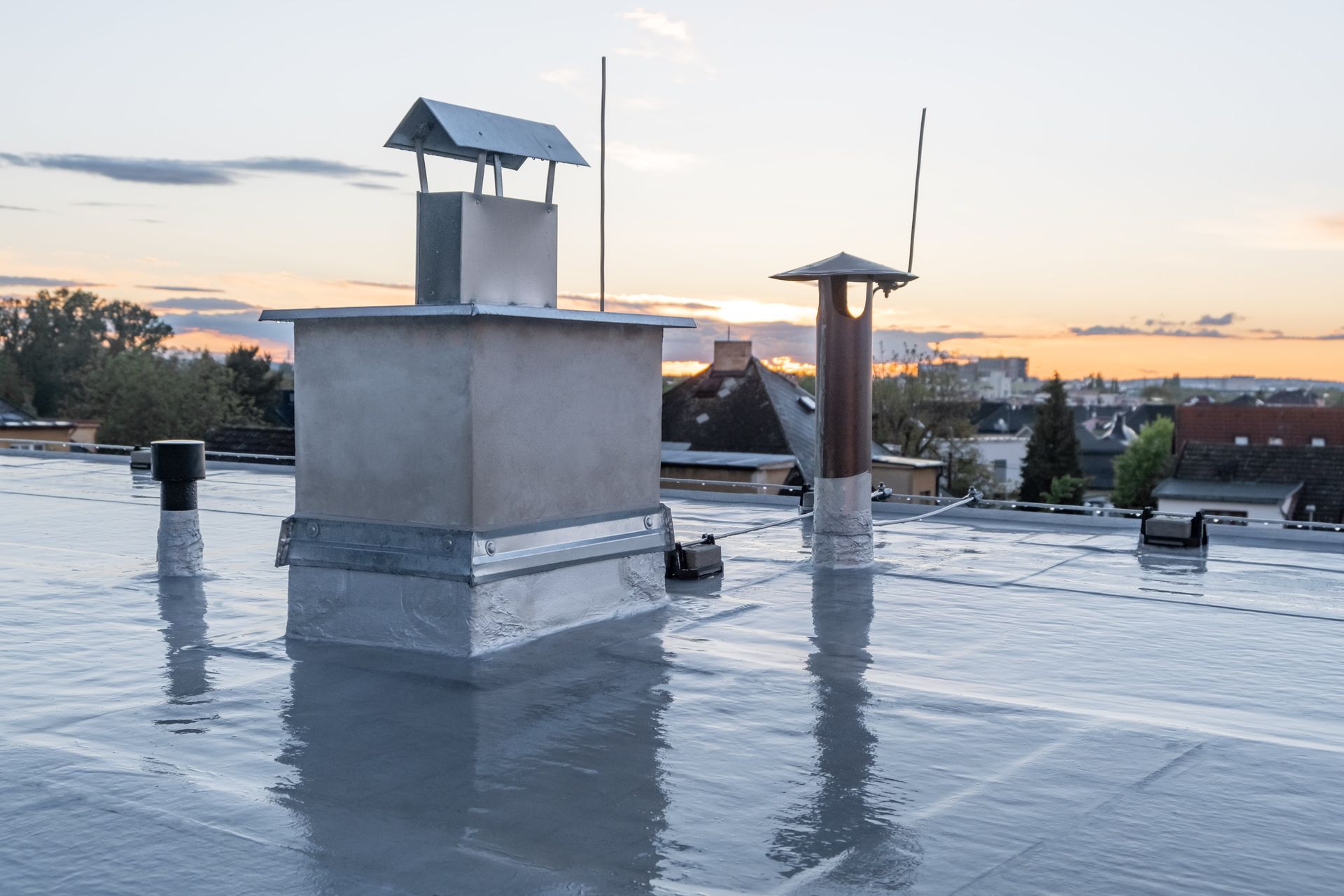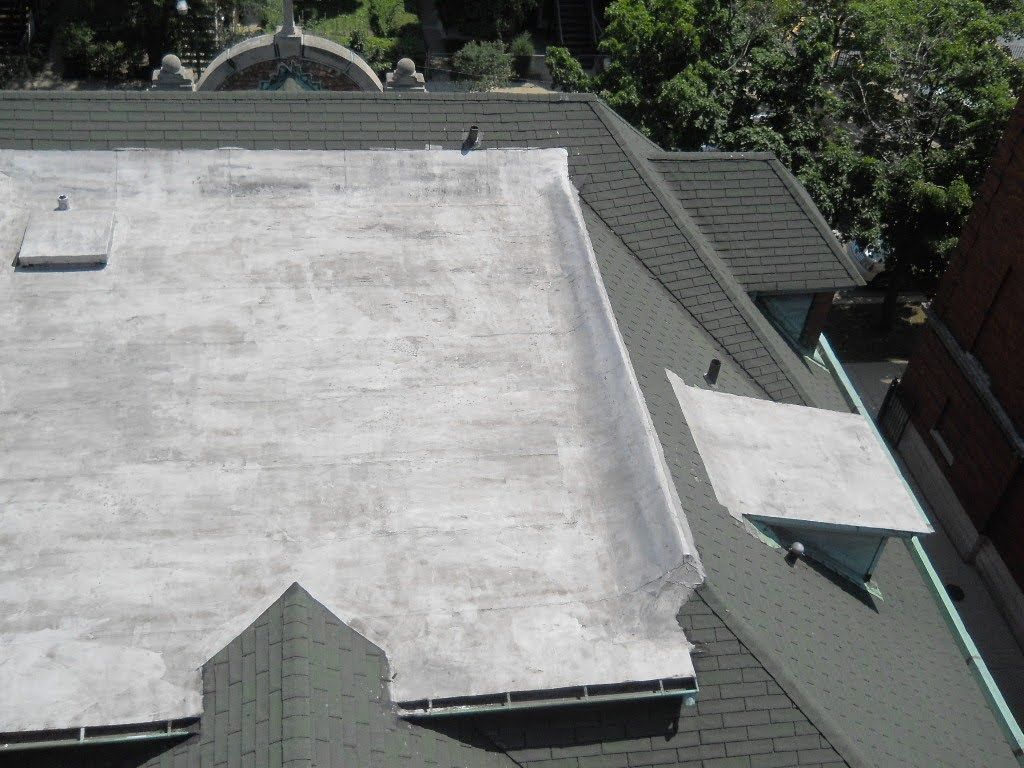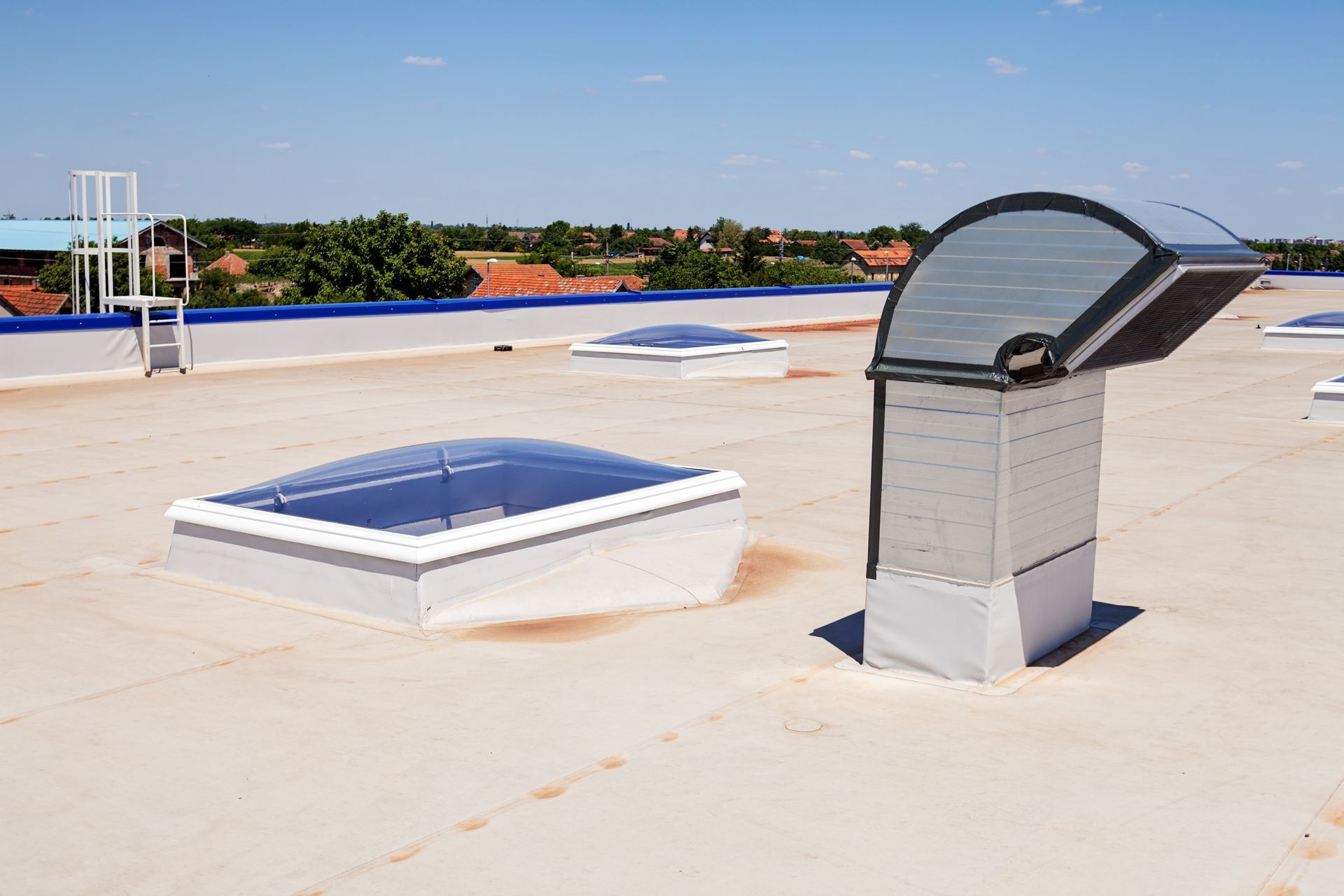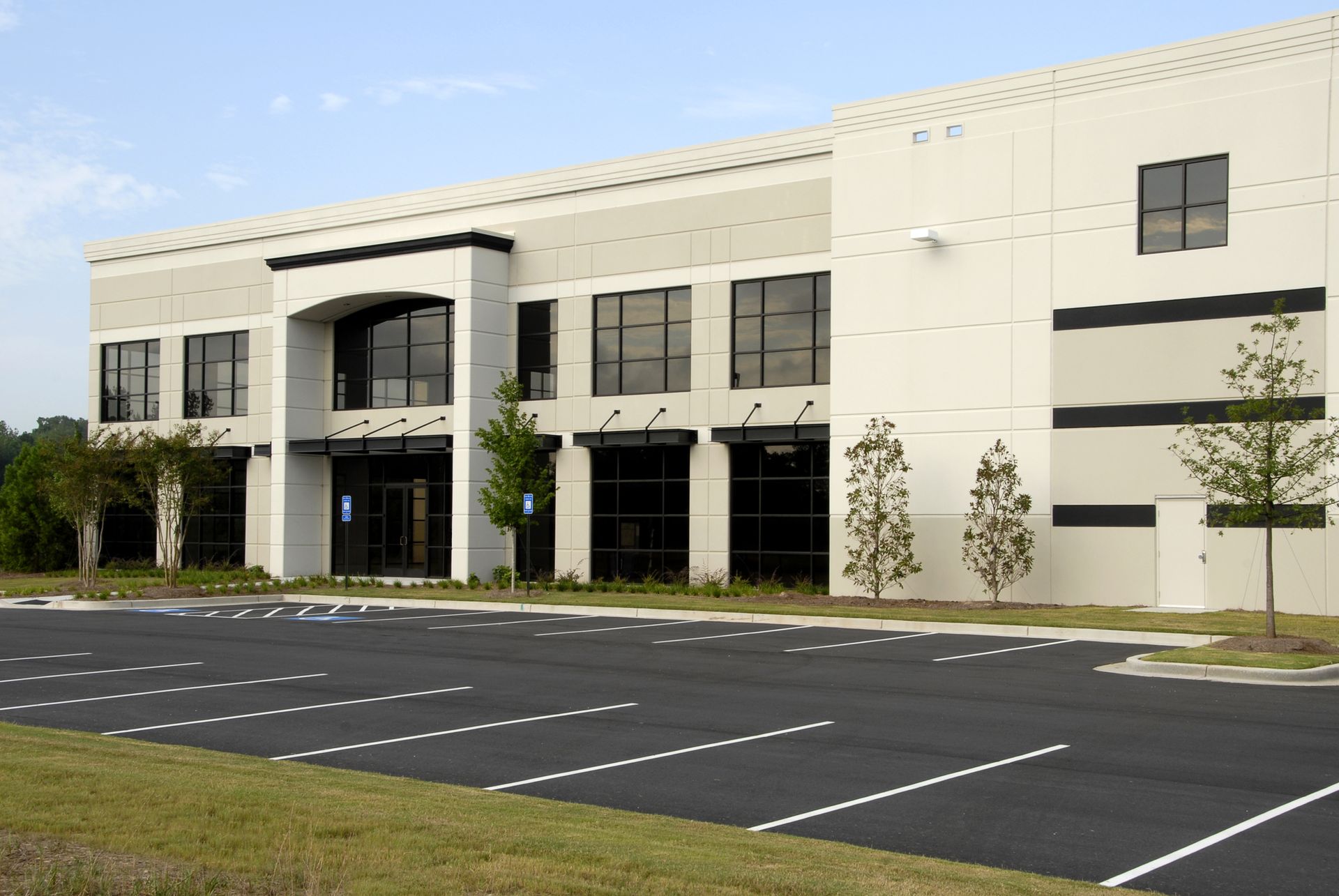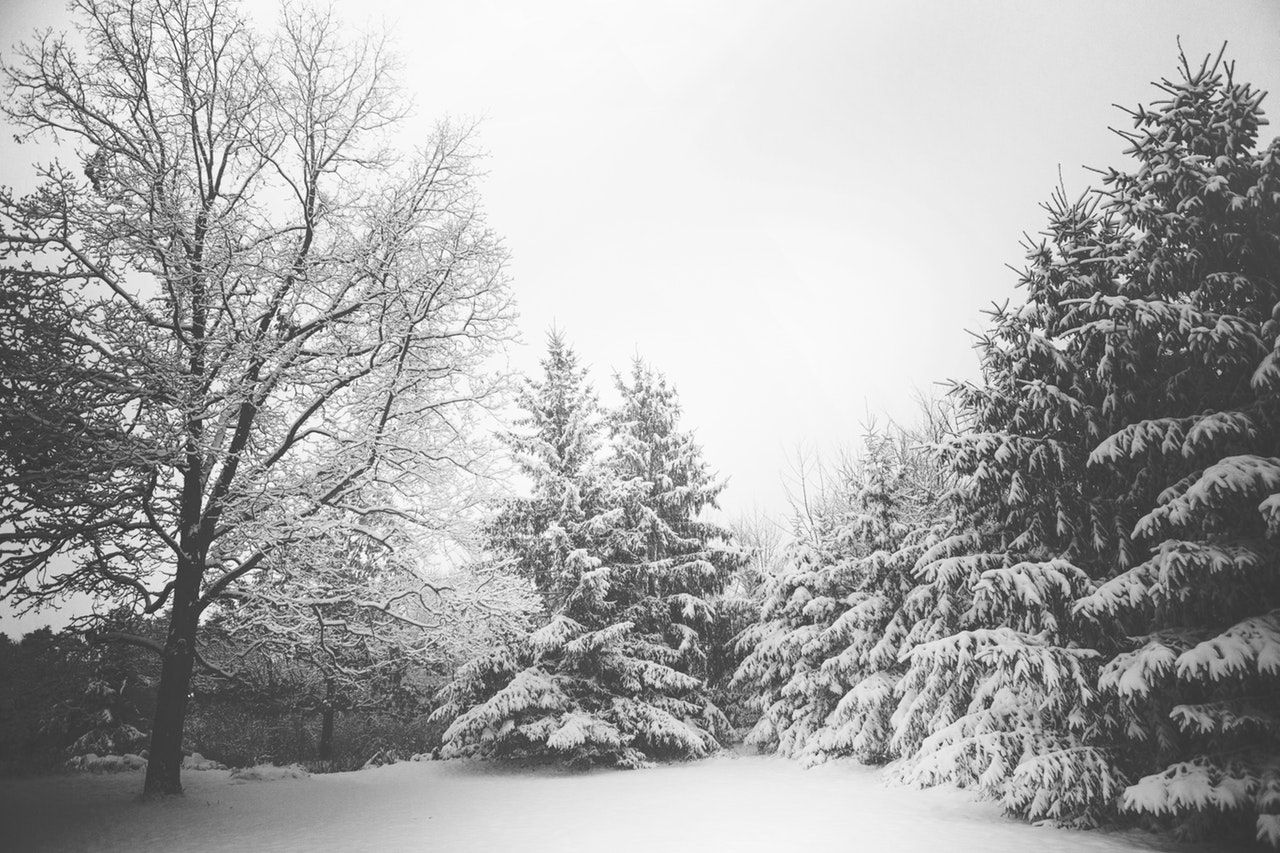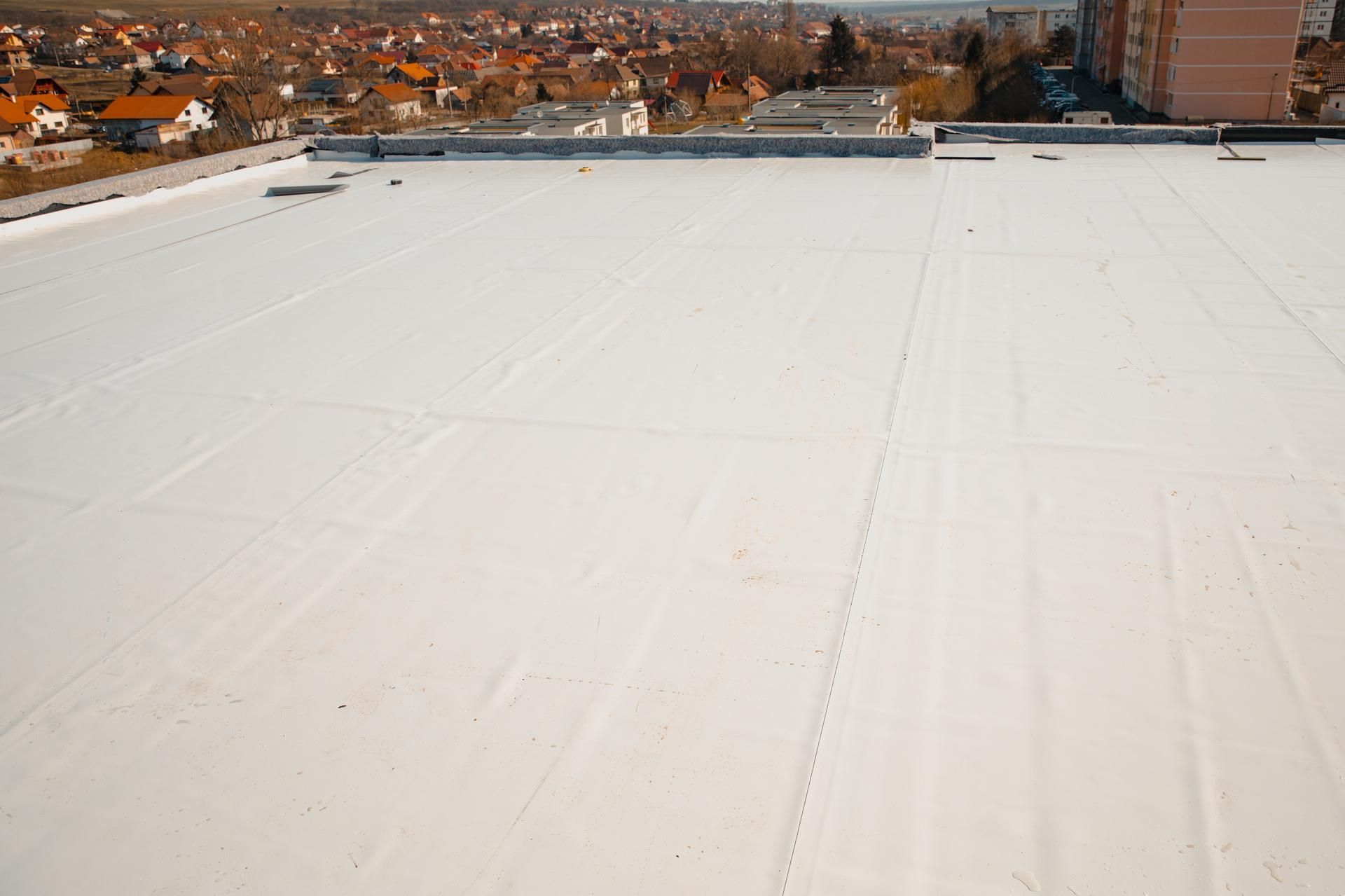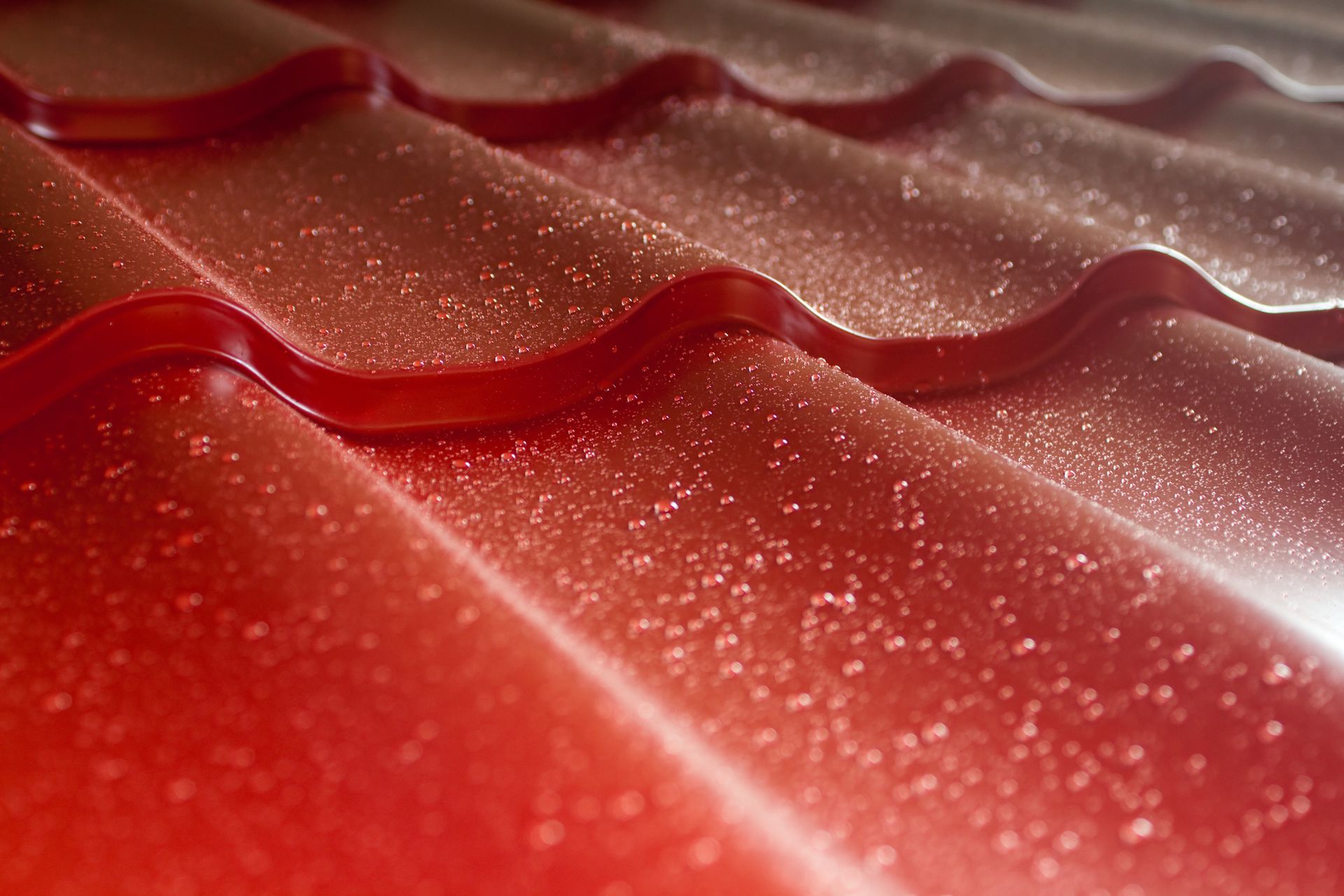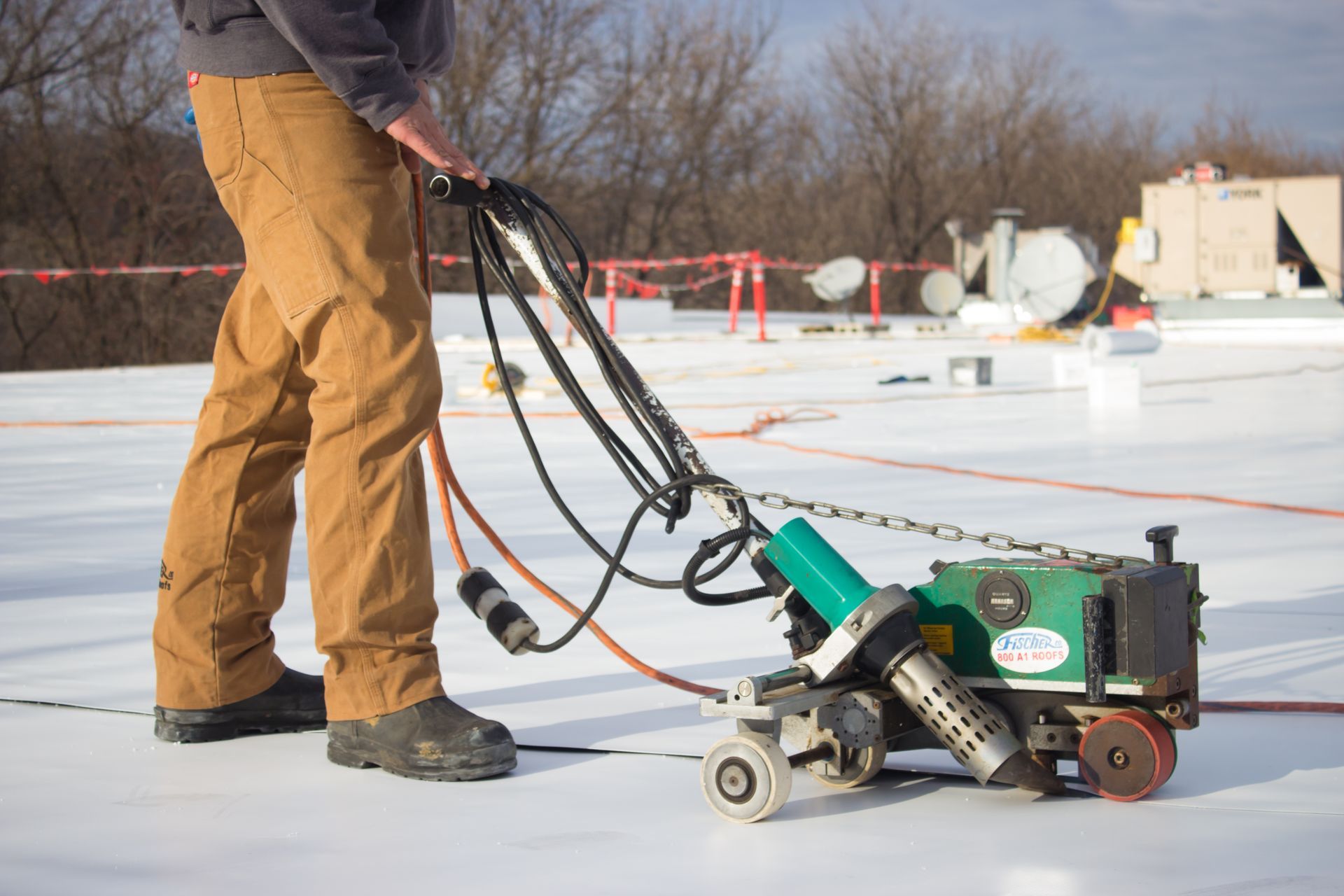Troubleshooting Metal Roof Leaks and Rust
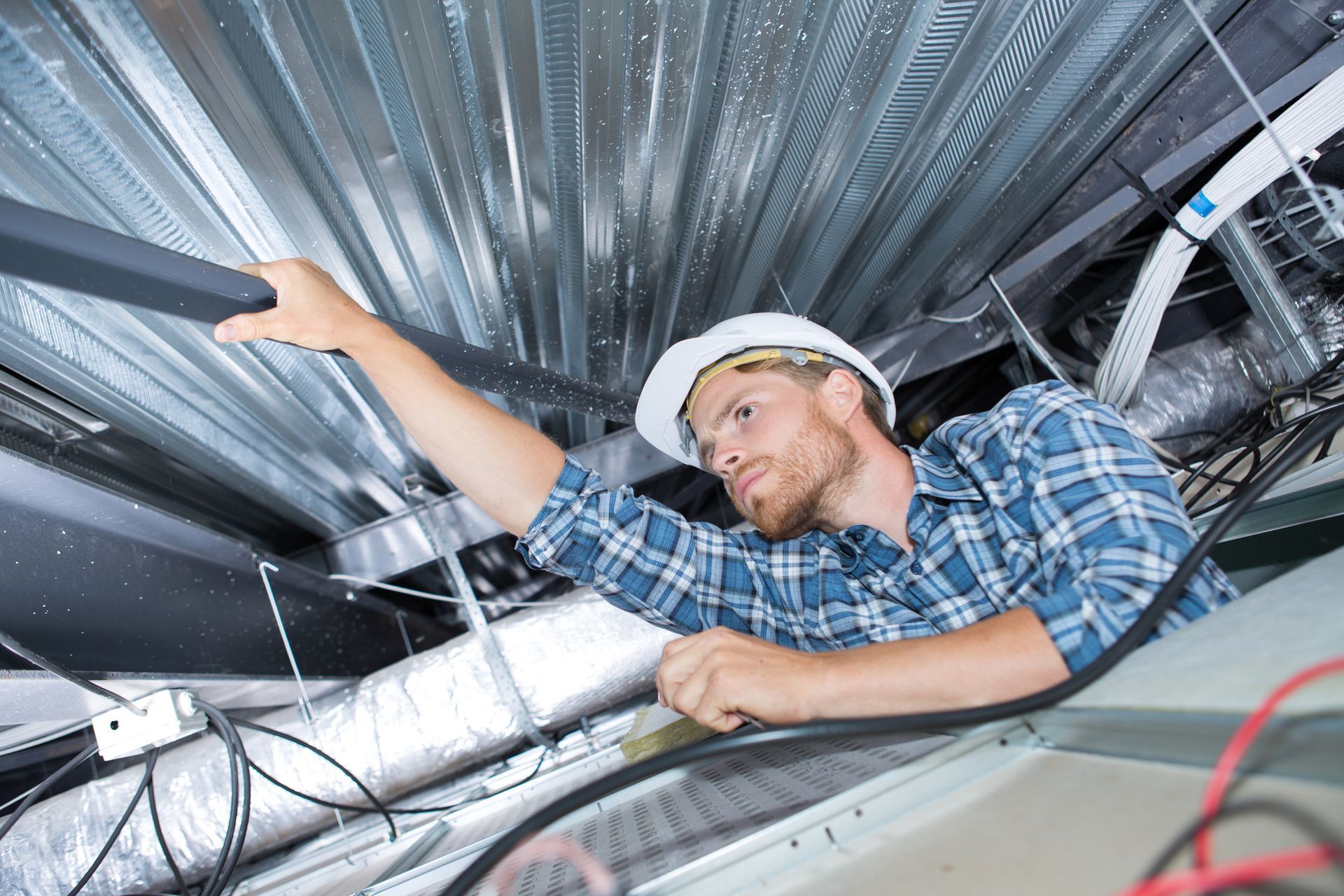
In the world of building management, maintaining a commercial metal roof requires close attention and a proactive approach. Neglecting your roof can lead to severe consequences. This guide will equip you with information and strategies to prevent leaks, manage rust, and maximize your roof's potential.
The Origins of Leaks on Metal Roofs
Roof leaks can disrupt operations, damage assets, and create hazardous environments. For commercial building owners, the source of a roof leak must be identified and resolved swiftly. One common misconception is that metal roofs are impervious to leaks, which is not the case. Understanding why these leaks occur is the first step in prevention and cure.
Understanding Your Roof's Anatomy
The design of your metal roof can affect its propensity for leaks. Seams and flashings are typical weak points. Roofs with poor design considerations can lead to these areas becoming entry points for water. It’s essential to ensure that your roof is designed and installed by professionals who understand the unique challenges of metal roofing.
Environmental Factors and Corrosion
Environmental factors such as ultraviolet (UV) rays, extreme temperatures, acid rain, and pollutants can accelerate the deterioration of metal roofs. Over time, this can cause corrosion on exposed areas, such as cut edges and flashings, potentially leading to leaks.
Addressing Rust on Your Metal Roof
Rust not only diminishes the aesthetic appeal of your building but also signals weakened structural integrity. For commercial property owners, rust should be tackled as soon as it's detected. Here’s a rundown on preventive measures and how to effectively repair rust.
Why Rust Forms
Rust occurs when iron or its alloys, such as those commonly found in galvanized and stainless steel, are exposed to moisture for prolonged periods. This causes a chemical breakdown of the metal, leading to the familiar reddish-brown flaking associated with rust. Ensuring proper roof design and quality materials can delay the onset of rust, but it’s a matter of when, not if, it's exposed to the elements.
Prevention Is Key
Routine maintenance, including cleaning and the application of protective coatings, can significantly prolong the life of a metal roof. Coatings, such as paint or specialized rust-inhibiting solutions, act as barriers between the metal and environmental factors, significantly reducing the risk of rust formation.
Rust Repair Techniques
When rust is identified, taking swift, appropriate action is necessary to prevent further deterioration. Repair techniques include grinding to remove the rusted area and applying a primer, followed by an appropriate metal patch or a new layer of material. It’s crucial to work with a professional who understands the best practices and proper products to use on your specific roof type.
The Importance of Regular Roof Inspections
Regular roof inspections are your first line of defense against leaks and rust. By detecting and addressing issues early, you can save on potentially costly repairs and prevent disruptions to your business operations.
Creating an Inspection Schedule
Develop a regular inspection schedule to assess the condition of your metal roof. Consider more frequent inspections if your building is in an area prone to severe weather or if it has a history of roof problems.
Seeking Professional Assistance
While you or your staff can perform basic inspections, it's wise to have a professional roofer conduct a thorough assessment periodically. They can spot potential issues that may go unnoticed by an untrained eye and provide guidance on a maintenance plan tailored to your roof's specific needs.
By being proactive and knowledgeable about your commercial metal roof, you can guard against leaks, rust, and the associated challenges that can arise. Preventive maintenance, prompt repairs, and regular professional assessments are the pillars of a robust roofing care strategy. In the world of building management, protecting your assets is an ongoing endeavor, and the state of your roof plays a significant role in the safety and functionality of your entire operation. Contact our team today to learn more about metal roofs.


